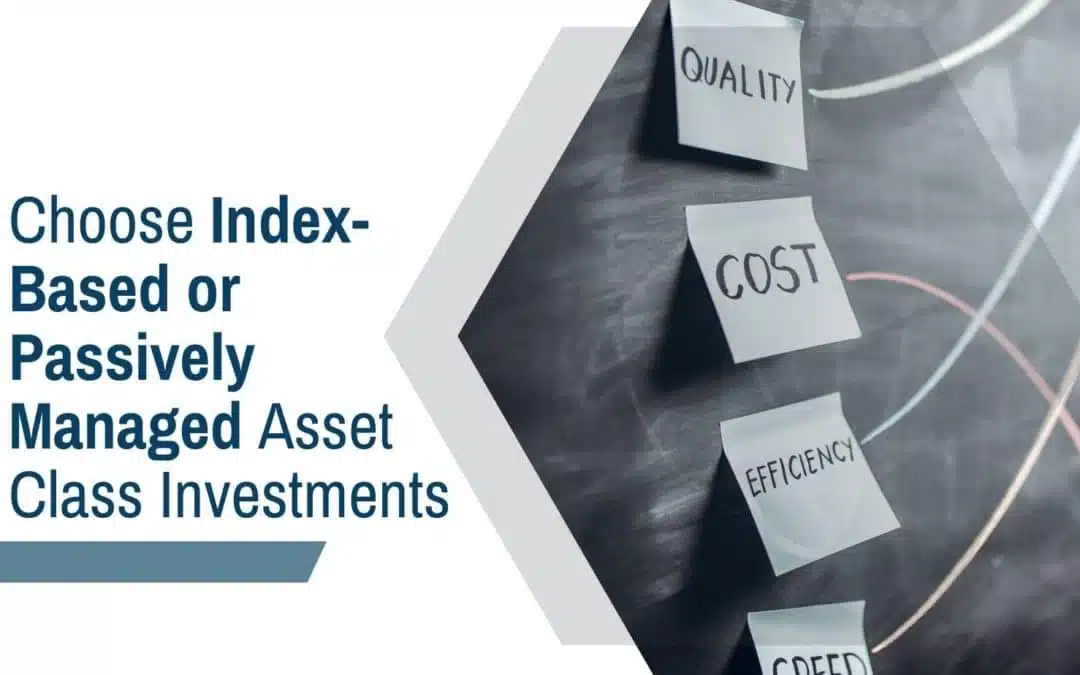the empowered investor
From Indexing to Evidence-Based Investing
The Historical Roots of an Investment Revolution
Key Takeaways
- To appreciate evidence-based investing, it helps to look at its historical roots, planted more than a half-century ago, and incorporated into its early solutions: index and passive asset-class investment strategies.
- These roots were planted in the 1970s by academics such as Eugene Fama, a handful of innovative institutional fund managers, and Vanguard’s John “Jack” Bogle, who launched the world’s first retail index fund.
- Despite a 50-year history, the evidence-based revolution hasn’t come easily, or overnight. It took multiple forces to come together over time, and push us past the early hurdles, including Bay Street’s and the general public’s resistance to change.
“We generally change ourselves for one of two reasons: inspiration or desperation.”
By now, we hope we’ve convinced you of how NOT to invest in cut-throat markets. As we explained in our last post, Winning with Evidence-Based Investing, traditional active investing may seem like a clever short-cut to the finish line. But in disregarding the sensible steps typically required for lasting success, your efforts are far more likely to fall short of your goals than take you where you really want to go.
Today, we turn to the evidence-based investment strategies we do recommend for these purposes.
THE ROOTS OF EVIDENCE-BASED INVESTING:
INDEX AND ASSET-CLASS INVESTING
To appreciate evidence-based investing, it helps to look at its historical roots, planted more than a half-century ago, and incorporated into its early solutions: index and passive asset-class investment strategies.
You can learn more about these strategies in our podcasts, History of the Indexing Revolution as well as Choose Indexing to Implement Your Portfolio. To summarize, both aim to deliver the average return of a market index or asset class by buying and maintaining a representative batch of one or the other. By avoiding fancy (and typically fruitless) forecasting, and positioning your portfolio to capture expected market returns, you can minimize the costs and reduce the stress levels involved in capturing the market’s expected returns. We encourage you to check out both of our podcasts for a closer look.
A MULTI-STEP, 50-YEAR INVESTMENT REVOLUTION
After the equivalent of an investment revolution, these early forms of evidence-based investing are occupying increasing market share, with investment costs dropping accordingly. For example, back in the day, 1%–2% expense ratios were the status quo. Today, you can invest in a basic broad market index fund for closer to a 0.02%–0.15% expense ratio, sometimes less.
However, this investment revolution in fund quality and price hasn’t come easily, or overnight. It took multiple forces to come together over time, and push us past the early hurdles.
EARLY THEORIES: THE EFFICIENT MARKET HYPOTHESIS
Many academic contributions led the charge toward evidence-based investing, but University of Chicago’s Nobel laureate Eugene Fama stands out for his 1970 review of the theory and evidence supporting an Efficient Market Hypothesis (EMH). In work for which he was awarded a Nobel prize, Fama described how constant competition among market players makes markets so efficient, with prices adjusting to new information so rapidly, it’s impractical to expect to profit from routinely identifying mispriced securities.
EARLY APPLICATIONS: INSTITUTIONAL INVESTORS
While Fama and other academic influencers didn’t invent index or asset class investing, they certainly laid the foundations in the early ’70s. At the same time, a handful of institutional investment managers started applying the new theories in experimental investments, to explore whether index investing might be better than actively picking winners and losers. It makes sense that institutions would be the first to give it a go. Academic theory had suggested index investing might work, but somebody with financial resources to explore untested investment waters were able to try it for real.
GOING MAINSTREAM: INDEX INVESTING FOR EVERYONE
In 1974, even as institutional investors explored early variations of evidence-based investing, John “Jack” Bogle founded the Vanguard Group and subsequently launched the world’s first retail index fund. Structured to track S&P 500 Index returns while relentlessly driving down costs, it was an overnight flop. Initially derided as “Bogle’s folly,” the fund took more than a decade to gather any noticeable investments. As The Wall Street Journal’s Jason Zweig recently reflected, “It’s easy to forget how hard and how long [Bogle] had to fight before he forced the financial industry to start giving investors a fair shake.”
CATCHING UP IN CANADA
What took so long? Dramatic change can be intimidating, even when it’s a change for the better.
Bay Street money moguls were understandably fond of the fat profit margins they were receiving from the actively managed, status quo offerings; they unsurprisingly raised alarm bells early and often once a revolution was afoot. The general population was specious as well. Before the 1970s, active investing was effectively the only game in town. Just as early skeptics scoffed at the idea of cars replacing horses or every household owning a personal computer, people had their doubts.
No wonder it took 50-plus years for evidence-based investing to become unstoppable. Perhaps investors had to live through a painful bear market or two before they realized they really, really weren’t getting their money’s worth out of higher-cost actively managed tactics. In particular, the financial crisis of 2007–2009 seemed to serve as an important turning point at which investors began to see the evidence-based investing light. The pandemic has likely served as another.
In the U.S., investors are already investing roughly half their money in passive vs. active strategies, as reported here and here. It’s been taking a little longer here in Canada. That’s probably because index investing wasn’t available here until the Toronto Stock Exchange launched its Toronto 35 Index® Participation Units in 1990 (which, as reported by the TSX, “were the world’s first exchange-traded, index-linked product – the precursor to the modern day ETF”).
In other words, we have come a long way since luminaries like Fama, Bogle and many others like them led the charge toward evidence-based investing. What are the simple, but powerful steps to becoming an evidence-based investor? We’ll cover that next. In the meantime, if you have questions or comments about what you’ve read so far, please reach out to us today. We love hearing from our readers!
Additional Reading:
- 14 Things We Learned from Eugene Fama’s Latest Interview, by Robin Powell
- The Little Book of Common Sense Investing, by John C. Bogle
- And, as always, our own book: The Empowered Investor
More Winning Investment Principals

Investment Principal #4: Maximize Returns with Key Investment Factors
Discover how investment factors can help you maximize returns. Learn strategic factor investing to enhance your portfolio.

Investment Principal #3: Using Passive/Index Funds or ETFs
Index-based or passive asset class funds focus on how to reduce the costs and frictions involved in capturing the market’s generous expected returns over time.

Investment Principal #2: Diversify Your Asset Classes
The magic behind diversification is found in a financial measure known as correlation, or the degree to which two asset classes move in similar patterns.
Stay on top of your financial education
Subcribe and follow to get updates on important wealth management topics.

Connect
Visit Us
3535 St-Charles Blvd.
Suite 703
Kirkland, Quebec
H9H 5B9
Connect